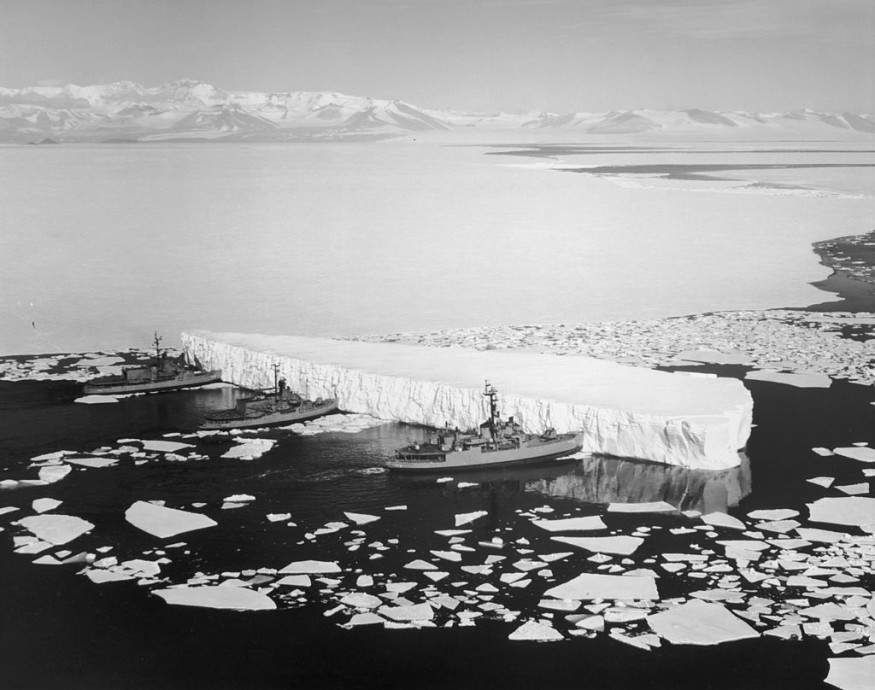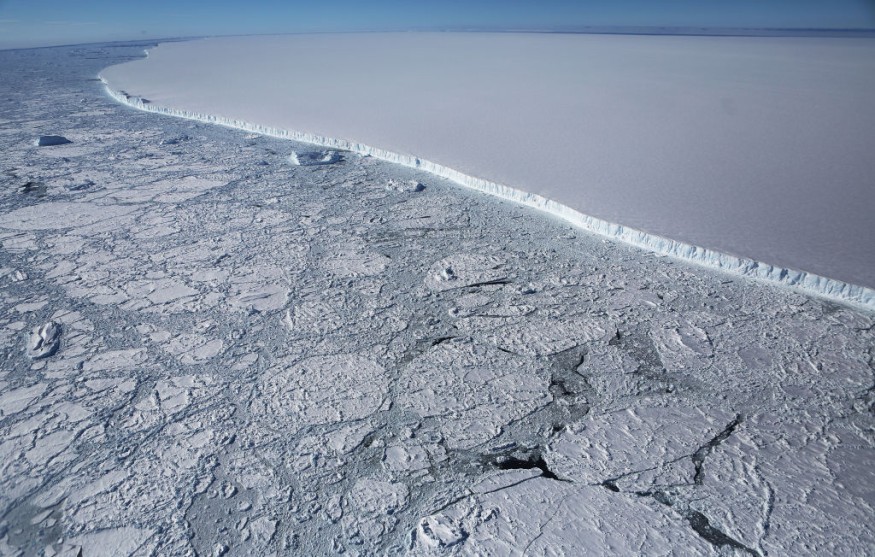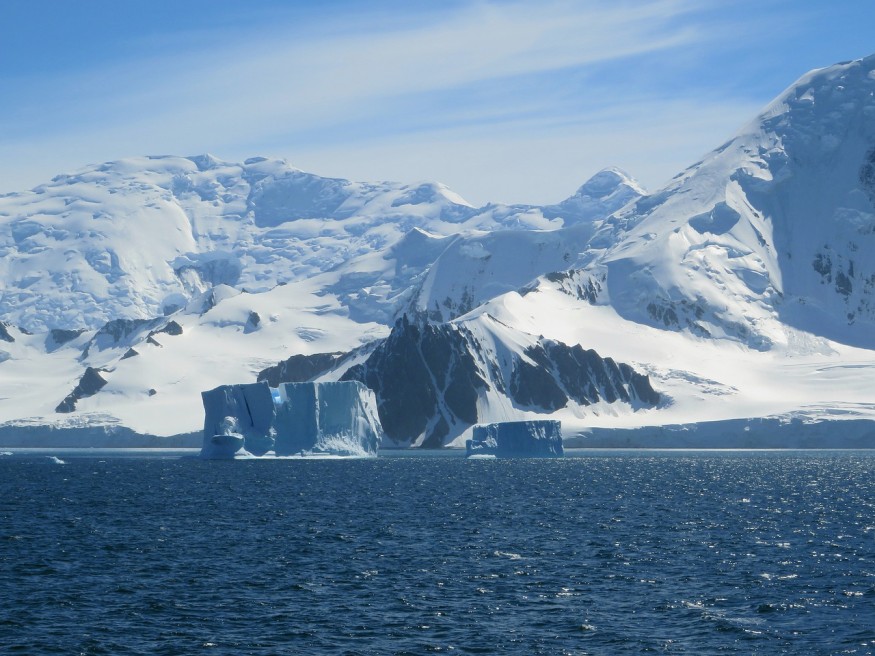Two fresh lakes have been found deep beneath the Antarctic ice sheet by scientists. These icy diamonds are part of a huge network of constantly changing lakes concealed beneath 1.2 to 2.5 miles (2 to 4 kilometers) of ice on the world's southernmost continent.
These lakes fill and drain in unexplained cycles that might affect how quickly the ice sheet moves and how and where meltwater reaches the Southern Ocean. In turn, this movement can alter Southern Ocean currents and hence global ocean circulation.
The new research was published in Geophysical Research Letters on July 7th.

Ice Sheet and Water Systems
In a statement, research leader Matthew Siegfried, a geophysicist at the Colorado School of Mines, said, "It's not just the ice sheet we're talking about." "We're talking about a water system that's interconnected with the rest of the planet."
The lakes are located near the bottom of the ice sheet, where it meets the rocky continent of Antarctica. Unlike Greenland, where meltwater seeps from the ice surface through crevasses and holes known as moulins, Antarctica's lakes originate beneath the ice, most likely due to pressure, friction, and maybe geothermal heat.
ICESat Mission

Until the launch of NASA's ICESat mission in 2003, this water system was mostly unknown. Then, lasers were employed by the ICESat satellite to precisely measure the height of Antarctic ice. Helen Amanda Fricker, a glaciologist at Scripps Institution of Oceanography, linked the elevation variations observed by ICESat to the dynamics of the lakes deep under the ice surface in 2007. The ice over the lakes rises and falls as they drain and fill, providing clues to what's going on underneath.
Fricker's discovery allowed researchers to follow the lake system throughout time. ICESat, on the other hand, only gathered data for six years. CryoSat-2, the European Space Agency's counterpart, began collecting similar data in 2010, but over a larger region and with less precision. ICESat-2, NASA's newest satellite, was launched in September 2018 and collects the highest-precision data ever.
"After using ICESat, ICESat-2 is like putting on your glasses: the data are so precise that we can actually start mapping out the lake borders on the surface," Siegfried added.
Related Article : Scientists Are Baffled After Massive Antarctic Lake Has Suddenly Vanished Without Trace
Subglacial Lake System
Siegfried and Fricker used ICESat, CryoSat-2, and ICESat-2 to track changes in the subglacial lake system between October 2003 and July 2020 in their new study. The boundary between the Mercer and Whillans ice streams in West Antarctica, the lower MacAyeal Ice Stream in West Antarctica, and the upper Academy Glacier in East Antarctica were chosen because they had strong satellite coverage and known active lakes.
New Lake Discoveries
The researchers discovered two new lakes at the Mercer and Whillans boundaries, which they named the Lower Conway Subglacial Lake and the Lower Mercer Subglacial Lake. They also found that there were two lakes beneath the MacAyeal ice stream rather than one.
Drastic Changes

These lakes have changed dramatically throughout time. The lakes under the Mercer and Whillans ice stream boundaries are drained for the third time in 17 years. Meanwhile, the lakes under the MacAyeal ice stream have all had their own drainage and filling cycles. During the research period, the lowermost lake had four fill-drain episodes, each lasting about a year. Between 2014 and 2015, the second lake emptied and is now filling up again, while the third lake drained significantly between 2016 and 2017. Between 2009 and 2018, the lakes under Academy Glacier were drained.
For more news update about Environmental Action, don't forget to follow Nature World News!
© 2025 NatureWorldNews.com All rights reserved. Do not reproduce without permission.





